Category: Science
Classifying Rocks
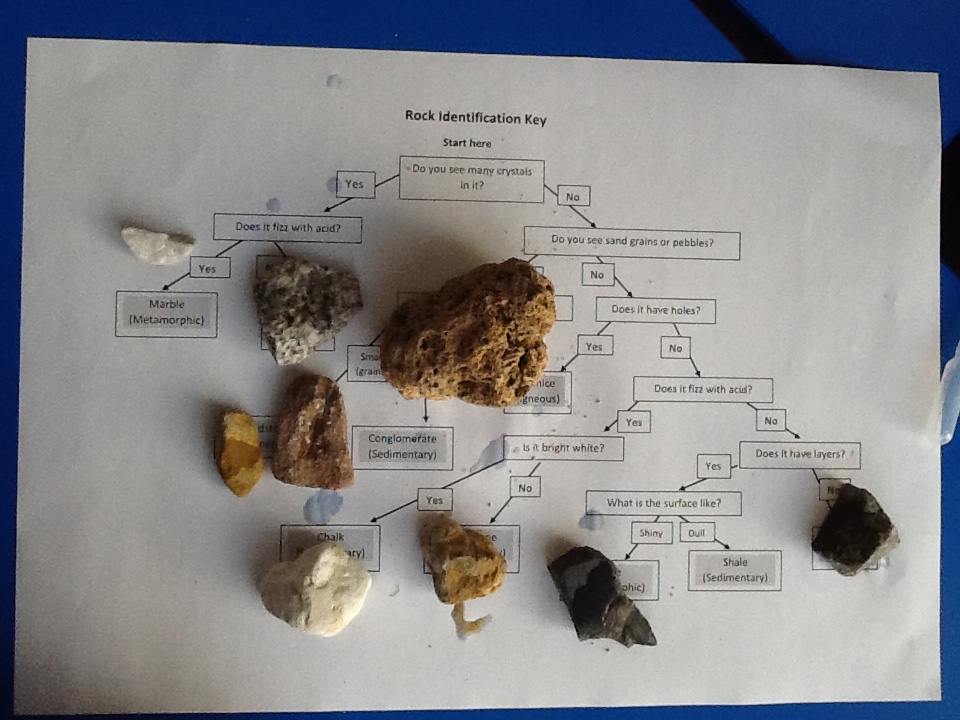
We’ve been using a mix of careful observation and chemical tests to identify different rocks. We used a geological classification key to help us determine what each of our mystery rocks were.
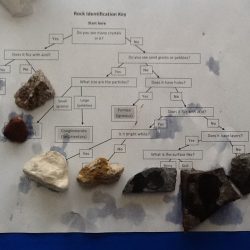
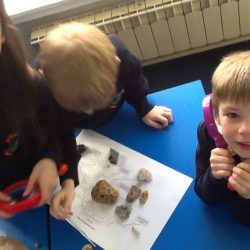
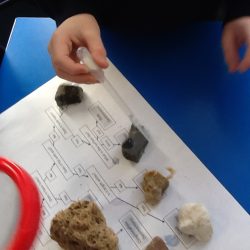
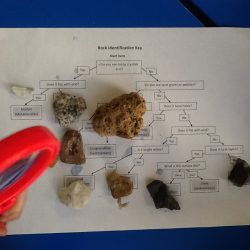
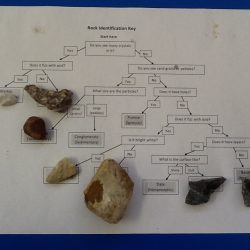
Low Tide Discoveries
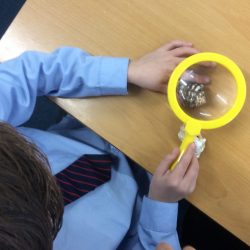
This term in science, Year 2 are joining Charles Darwin as he voyages around the world on the HMS Beagle exploring different habitats.
We’ve already found out about some of the plants and animals that live in the rainforest but this week we’ve been exploring rock pools on the Cape Verde islands. We looked at crabs, limpets and anemones before finding out about Darwin’s experience with a cuttlefish. We then practiced our classifying skills by sorting and grouping shells by looking closely for similarities and differences.
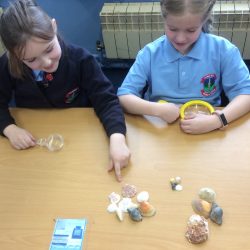
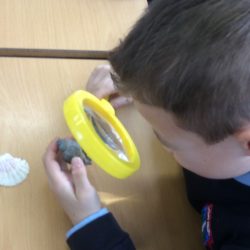
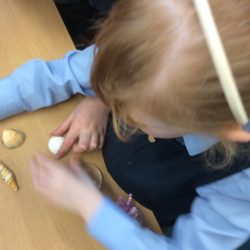
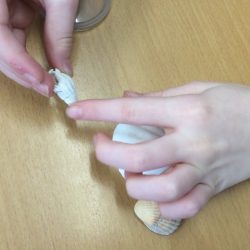
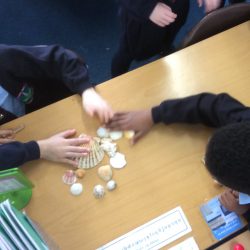
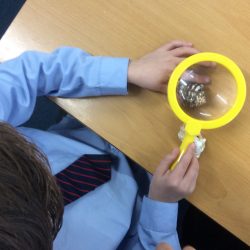
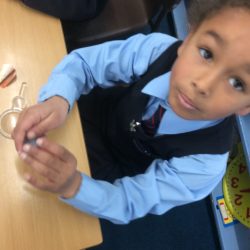
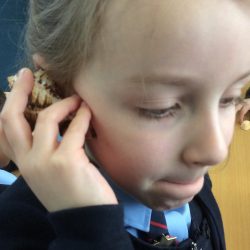
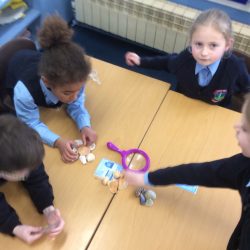
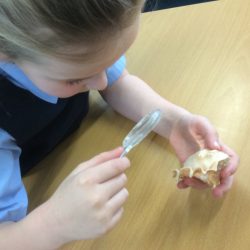
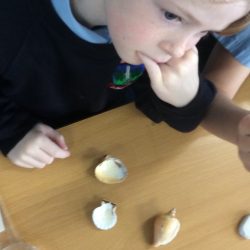
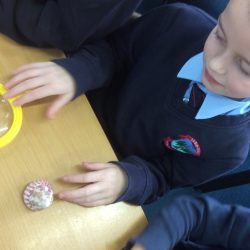
Testing Temperature
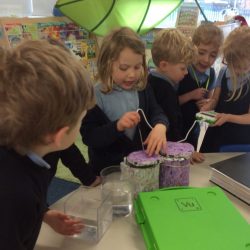
Reception had fun this afternoon after discussing what would happen to The Snowman if we wrapped him up in a hat, coat and gloves. We found out how to use a data logger to measure the temperature of cold and hot water and then investigated what happened if the container was wrapped up in a “coat”. We were very surprised to find that the containers wearing a coat didn’t get hotter. Instead, it was the cold water that didn’t have a coat that got warmer while the hot water without a coat got colder!
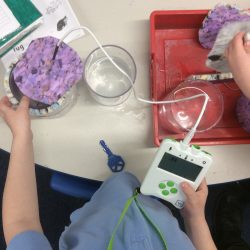
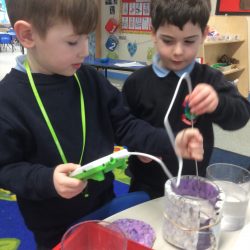
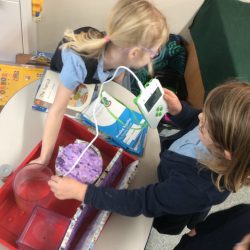
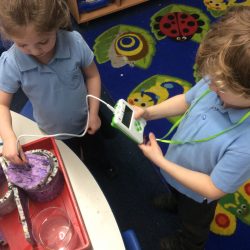
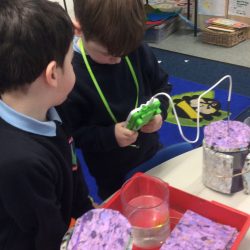
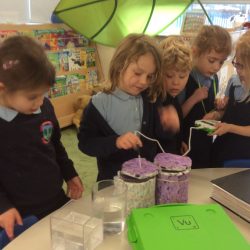
School of Rock(s)
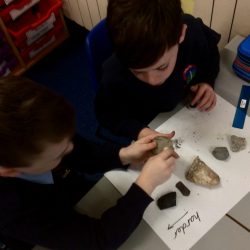
This month, Year 3 have been exploring rocks. We’ve been finding out about how different rocks are made, including the rocks that make up the Lickey Hills and the nearby Malvern Hills. We also sorted out lots of rocks from the softest to hardest before using our findings to suggest suitable rocks to make a skate ramp with.
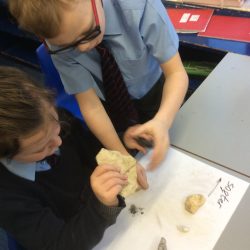
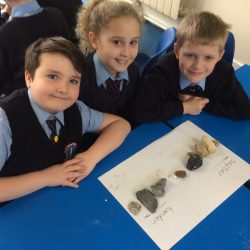
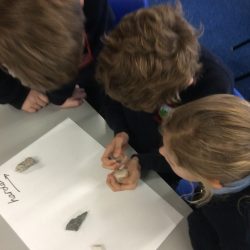
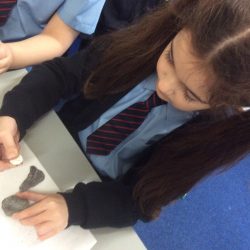
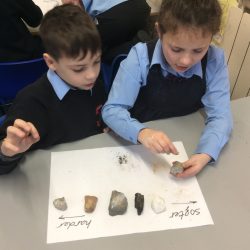
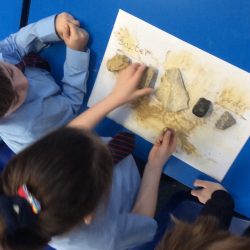
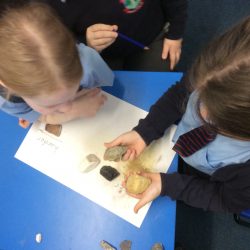
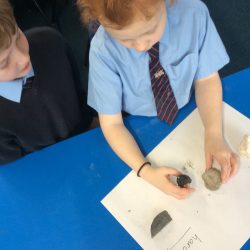
Science with a Bang!
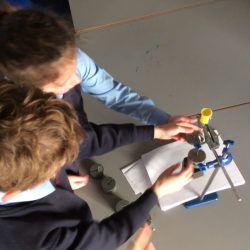
Do all party poppers require the same amount of pulling force to make them pop? That’s the question nobody has ever asked before but which Year 3 set out to answer anyway. Hanging increasing amounts of weights from the pull string we found that some poppers needed twice as much force as others. Some even needed more than 2kg or a 20 newton force before they finally went BANG! Bring on New Year’s Eve!
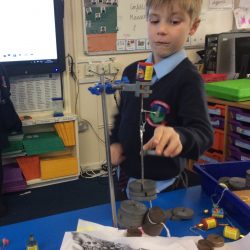
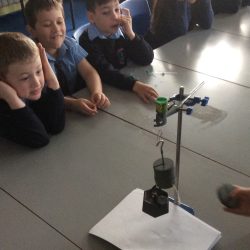
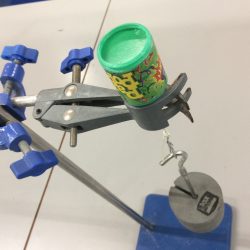
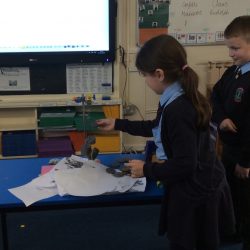
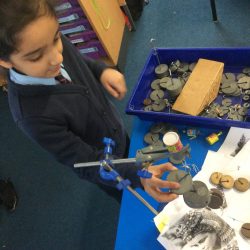
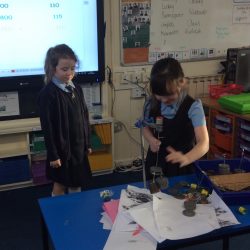
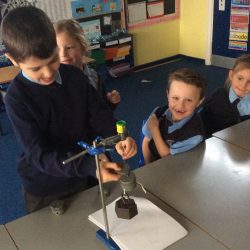
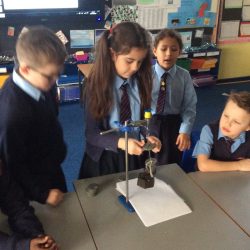
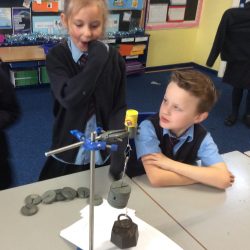
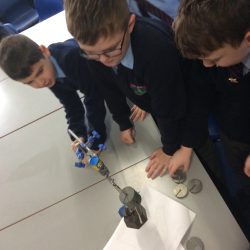
Space Egg-speriments
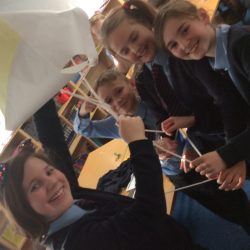
Bringing their space topic to a close and kicking off next term’s forces topic, 5AB designed, built and tested interplanetary landers. Our mission… to boldly design a system that would safely protect an egg dropped from near the ceiling! Starting with exactly the same set of materials in each group, we created parachutes, crumple zones and shock absorbing designs. In the end, all the different engineering designs were successful (although we sadly lost one egg on the launch pad.)
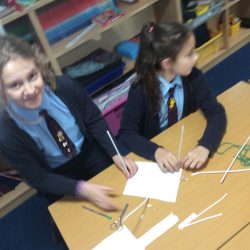
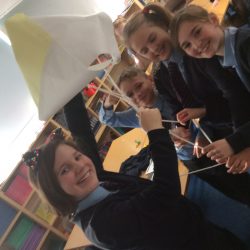
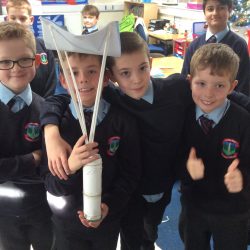
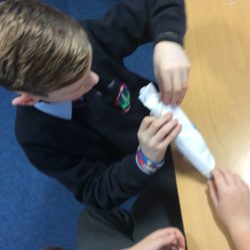
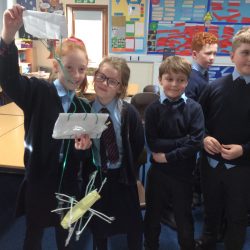
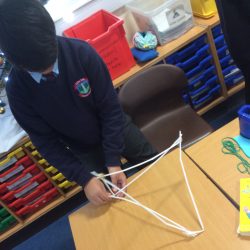
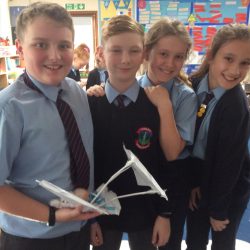
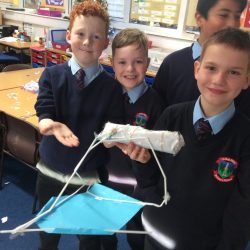
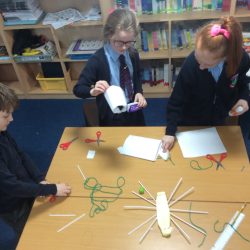
Formula E
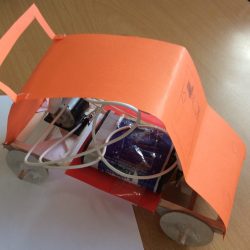
To wrap up their electricity topic, Year 6 have been designing and building electric powered race cars. They had to build the chassis for their car but also think about the gearing, trading off top speed for acceleration. We then raced them across the playground with sprint, long distance and hill climb categories.
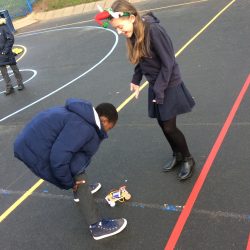
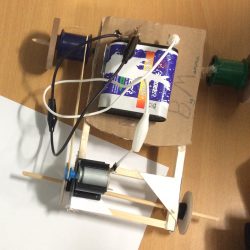
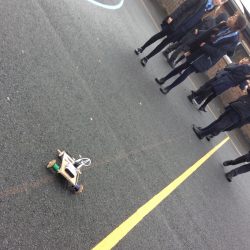
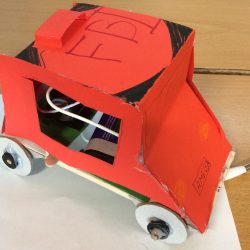
KS2 Garden
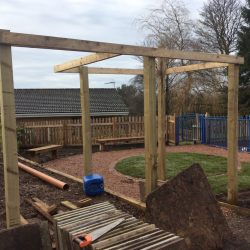
The KS2 garden is really starting to take shape now, with most of the hard landscaping now complete. Over 2019, the children will be growing, propagating and planting out the plants to create a quiet retreat for break times as well as it being a space available for outdoor learning.
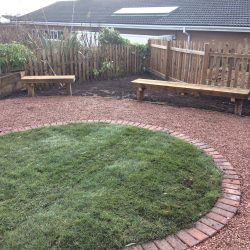
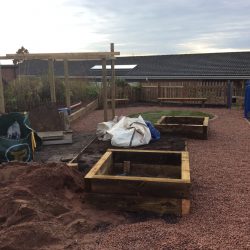
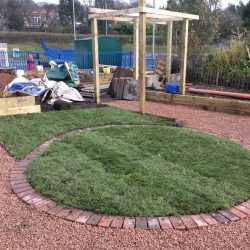
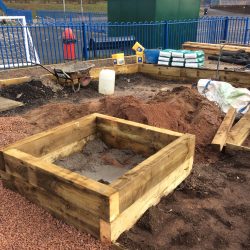
Meanwhile, in the wildlife garden, we have sown wild flowers with the aim of creating a small meadow to benefit pollinators such as butterflies and bees. Hopefully, the seed will take and the children will have a new habitat to explore in the summer term.
Stretching Learning
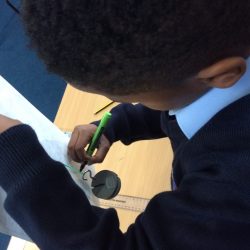
Year 2 continued their investigation of material properties by testing elastic bands to find out which was the stretchiest. We measured how much longer each elastic band was after adding a 200g weight. We talked about why it might be useful to test more than one of each type of elastic band and realised that similar bands may not be exactly the same. We then combined each group’s results to get an average value to represent each type of elastic band
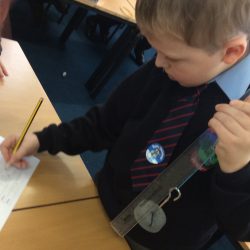
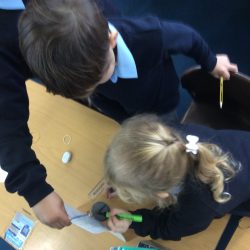
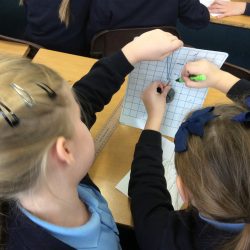
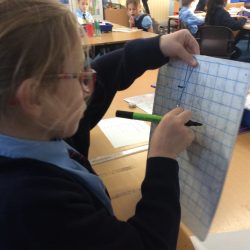
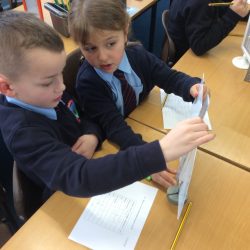
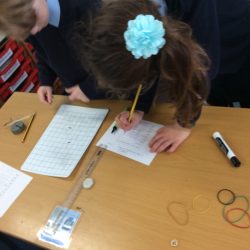
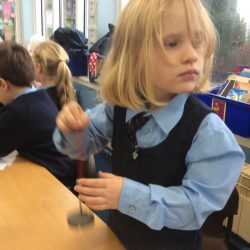
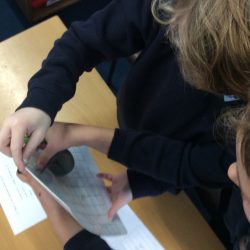
Armageddon in Y5?
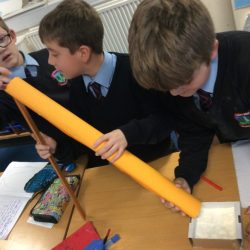
As part of their space topic, Year 5 have been exploring how craters are formed by meteors. We discussed all the things that might affect the size of a crater, such as size and weight of meteor, the speed it is travelling, the angle it hits the surface at and the surface conditions. Then in groups we each chose and devised our own investigation using a dusty “flour” planet.






